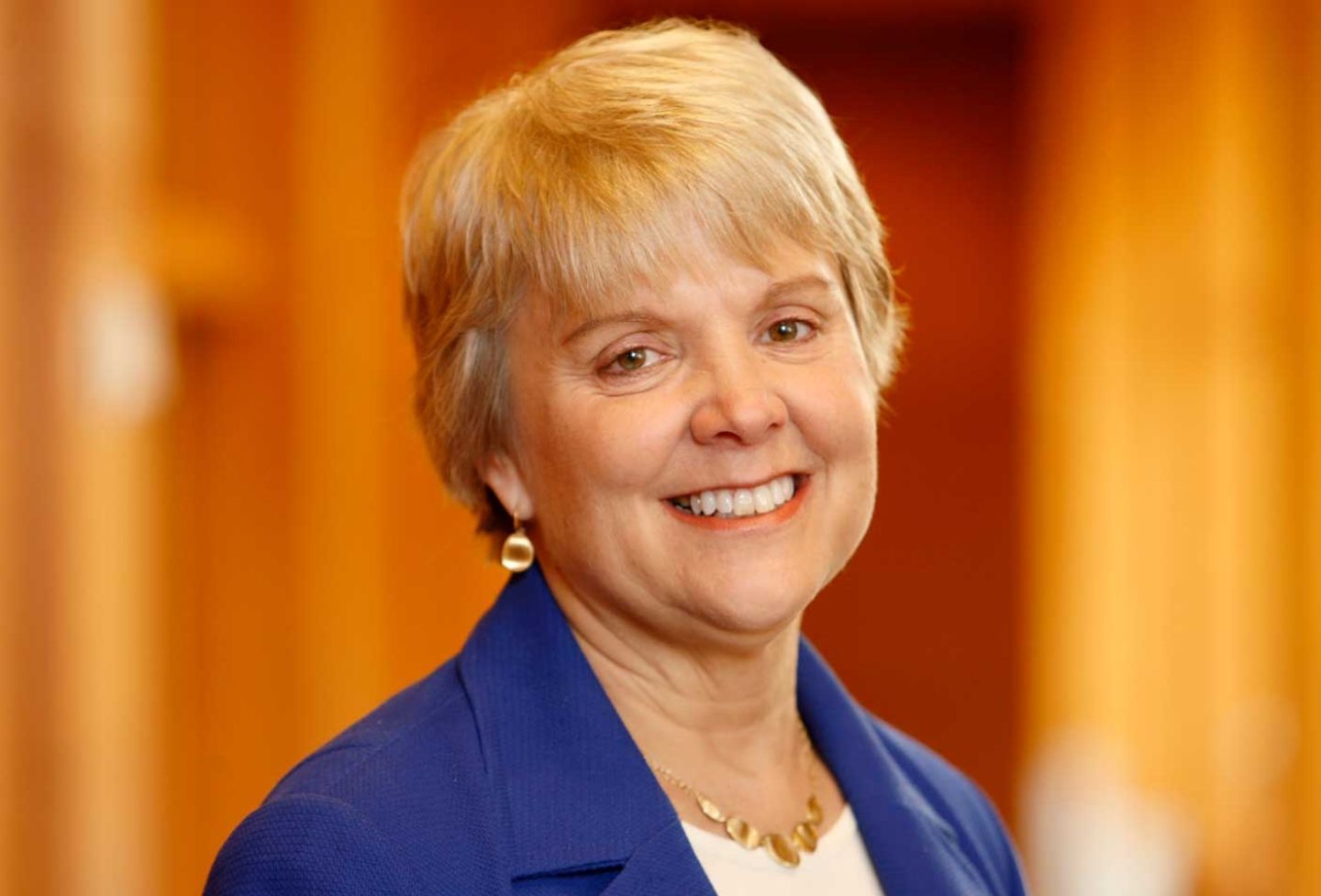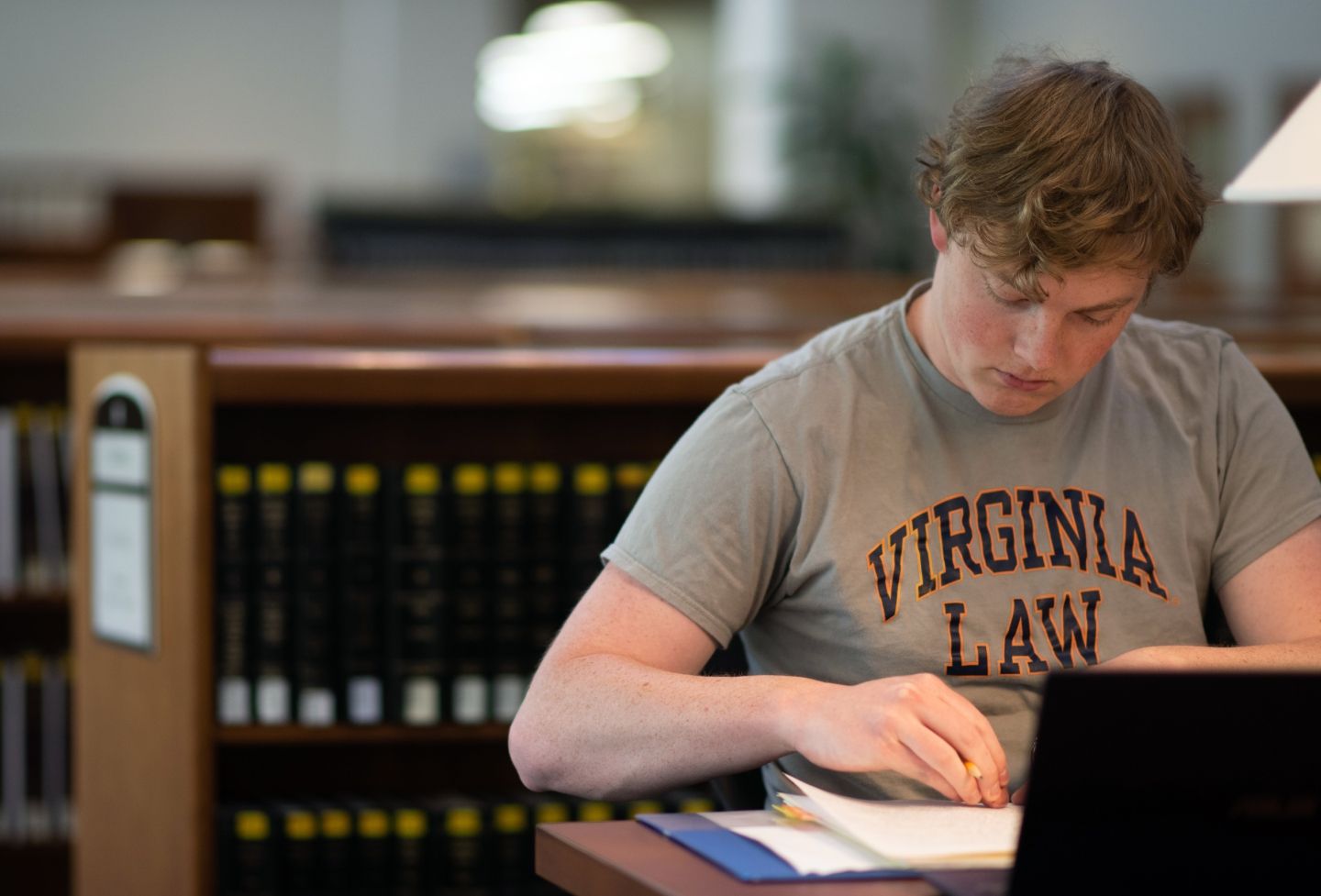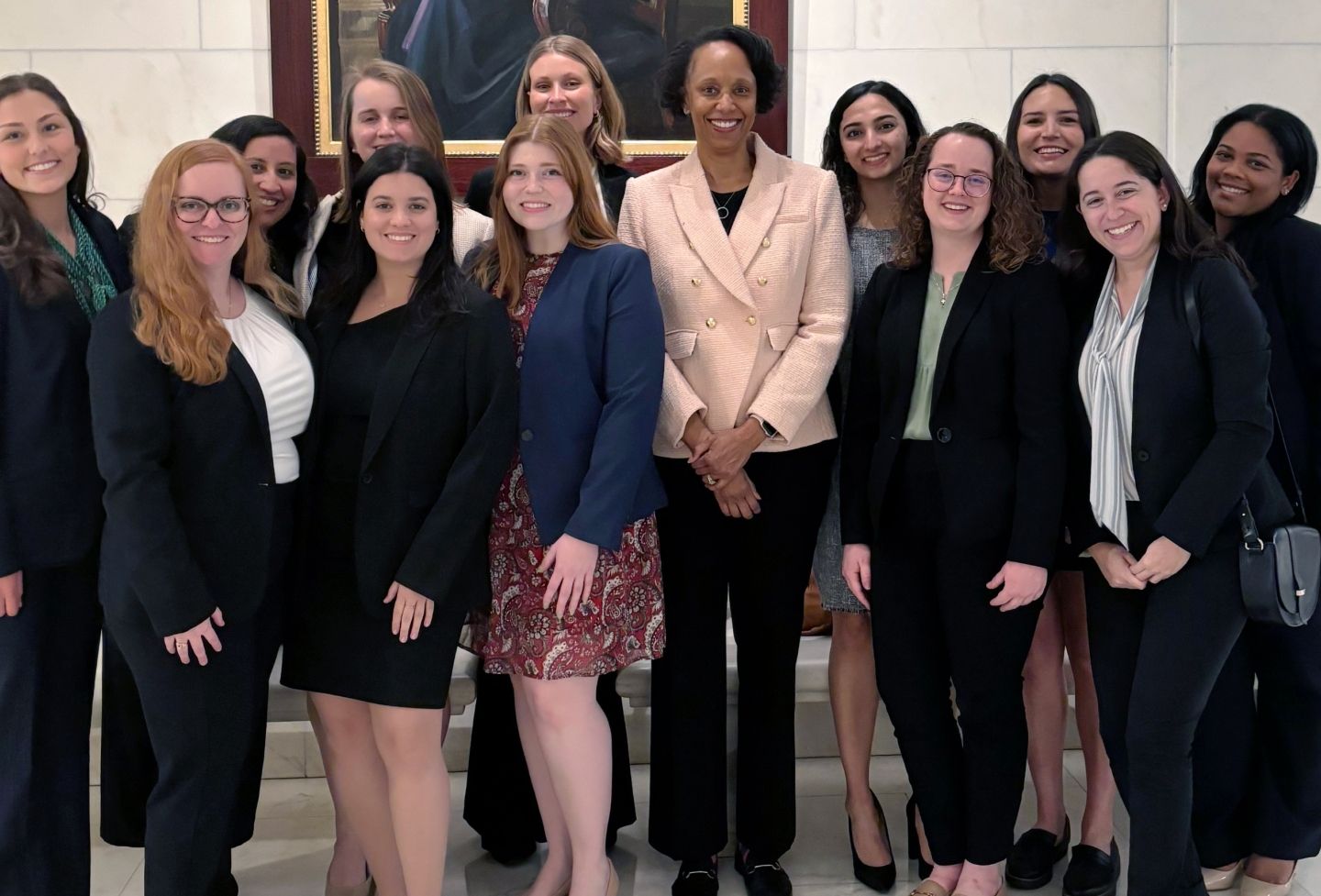Students in a University of Virginia School of Law clinic have helped shape new United Nations guidance on the relationship between advances in science and human rights.
The U.N. Committee on Economic, Social and Cultural Rights recently published the first general comment on the relationship between sciences and economic, social and cultural rights, and incorporated virtually all recommendations from International Human Rights Clinic students Kunchok Dolma ’21 and Rachel Davidson Raycraft ’20.
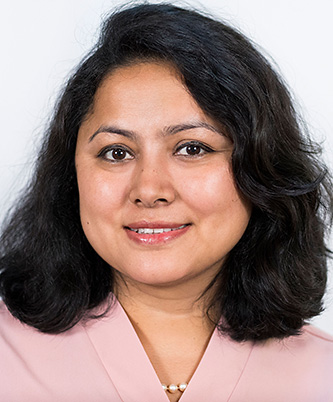
“In particular, we advocated for the importance of accounting for and protecting those who may be harmed by scientific advancements,” Dolma and Raycraft said in a combined statement. “This includes individuals who face job loss or decreased access to core government services as more processes become digitized and roboticized. Ensuring states keep the costs, as well as the benefits, in mind as they adopt new technologies felt essential.”
The committee, which put out a call for contributions to the comment in January, consists of 18 independent experts who monitor national implementation of the International Covenant on Economic, Social and Cultural Rights under the authority of the U.N. Human Rights Office of the High Commissioner.
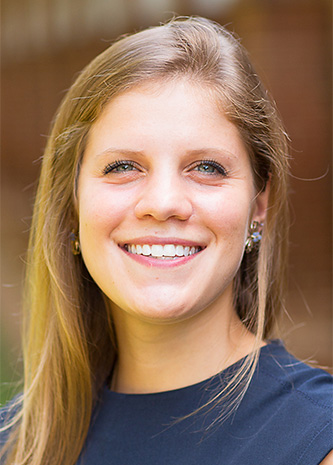
The committee’s general comments serve as influential guidance on the proper interpretation and implementation of the rights codified in the covenant, which currently has 170 state parties. The United States is among four countries that have signed but not ratified the treaty.
Dolma and Raycraft also researched and framed the human rights-related risks and promises of new emerging technologies, such as artificial intelligence, biotechnology and big data.
“This is a particularly tricky space for human rights guidance because so little is known about the potential of these technologies — both for good and for evil,” Raycraft said. “For example, we already see state actors implementing emerging technologies, like facial recognition software, in ways that target and oppress vulnerable minorities.”
On the issue of new and emerging technologies, the clinic focused its recommendations on three key areas: the importance of international cooperation, the adoption of a human rights lens throughout the development and deployment of these technologies, and the need for enhanced technology-related corporate regulation and liability mechanisms.
“This was an incredible learning opportunity and a very humbling experience,” Raycraft said. “It brought to life the complex and multifaceted considerations one must take into account when drafting this kind of guidance.”
Dolma said the project reinforced her belief for the need for strong international organizations to promote human rights.
“Our work on this general comment made it clear how important it is to advance those values in every aspect of our lives, including science and especially as we deal with a global pandemic that calls for international cooperation,” she said.
Professor Camilo Sánchez, the clinic’s director, said he was “happy and proud” the committee took the clinic’s recommendations.
“Many experienced international lawyers I know would dream of seeing their contributions and ideas turned into international guidance,” he said.
Students in this yearlong clinic gain first-hand experience in human rights advocacy, working in partnership with nongovernmental organizations, human rights practitioners and law firms in the United States and abroad.
Founded in 1819, the University of Virginia School of Law is the second-oldest continuously operating law school in the nation. Consistently ranked among the top law schools, Virginia is a world-renowned training ground for distinguished lawyers and public servants, instilling in them a commitment to leadership, integrity and community service.
